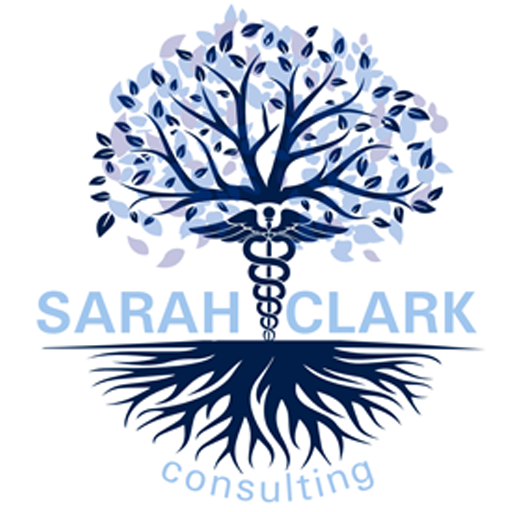
Financial planning isn’t just about keeping the lights on, it’s about creating a sustainable, thriving practice that can weather industry changes, economic fluctuations, and unexpected challenges. Without a solid financial strategy, even the best-run medical practices can find themselves struggling to stay afloat. So, how can you ensure your practice’s financial health for the long haul? Here are some key steps:
1. Understand Your Revenue Cycle
Your revenue cycle is the lifeblood of your practice. If there are inefficiencies or bottlenecks, cash flow suffers. Conduct regular audits to assess claim denials, reimbursement rates, and outstanding balances. Streamlining your billing processes and ensuring timely follow-ups on claims and patient payments can make a significant difference.
2. Diversify Revenue Streams with Cash-Based Services
Relying solely on insurance reimbursements can be a challenge, especially with delayed payments and ever-changing regulations. One way to improve financial sustainability is by offering cash-based services and products that add value for your patients. Consider stocking over-the-counter specialty items like compression socks, orthotics, creams/lotions, and other products. You can also introduce high-demand treatments such as laser therapy, shockwave therapy, or regenerative medicine treatments that aren’t typically covered by insurance. These offerings not only generate additional revenue but also enhance patient care by providing convenient, effective solutions right in your office.
3. Keep a Close Eye on Expenses
It’s easy for expenses to creep up over time. Regularly review costs such as rent, medical supplies, software subscriptions, and staffing. Are there areas where you can negotiate better rates or eliminate unnecessary spending? Small savings add up quickly.
4. Leverage Technology to Reduce Costs and Improve Efficiency
Investing in the right technology can significantly improve your practice’s financial health by reducing administrative burdens and streamlining operations. AI-powered or virtual scribes can take over documentation tasks, allowing providers to focus on patient care instead of paperwork. Automated appointment reminders sent via text, email, or phone can help reduce no-show rates, keeping your schedule full and revenue consistent. Document wrangling solutions that summarize referrals and add them to a centralized dashboard can streamline the process, ensuring quicker turnaround times and reducing delays in patient care. Additionally, automated billing, electronic health records, and AI-driven scheduling can save time and improve accuracy, ultimately boosting profitability by reducing administrative overhead and optimizing patient flow. While there’s an upfront cost, the long-term savings in time, labor, and errors make these investments a powerful strategy for improving both efficiency and revenue.
5. Plan for Physician and Staff Compensation Strategically
Fair and competitive compensation is crucial for retaining top talent, but it must also align with the financial health of your practice. Explore performance-based incentives that reward productivity and patient satisfaction without compromising profitability. Think outside the box as well. Younger providers are looking for more flexibility in their schedule. Consider non-traditional work hours in lieu of financial incentives.

Plant the seeds, then protect the pot. Smart financial habits help your practice, and your people, flourish.
6. Have a Business Emergency Fund
Unexpected expenses, whether from equipment failures, economic downturns, or pandemics, can quickly derail a practice. Aim to build a reserve fund that can cover at least three to six months of operating expenses.
7. Reevaluate Your Payer Contracts and Consider Dropping Unfavorable Payers
Not all insurance contracts are worth keeping, especially if they’re costing your practice more than they’re bringing in. Payer contracts can change, and reimbursement rates may not always align with the cost of care you provide. It’s important to regularly review your payer contracts and negotiate for better terms if necessary. If a payer is consistently underpaying or imposing unreasonable reimbursement rates, it might be time to consider dropping them. You don’t need to be in-network with every insurance payer, and it’s okay to let go of relationships that are not treating you fairly or are affecting your profitability. By being selective about the payers you partner with, you can reduce administrative burdens, focus on more profitable payer relationships, and improve your practice’s overall cash flow.

Real growth takes time, and strategy.
8. Work with a Financial Advisor Specializing in Healthcare
Medical practices have unique financial considerations that general business advisors may not fully understand. A financial expert with healthcare experience can help optimize tax strategies, retirement planning, and long-term investment decisions.
9. Develop a Succession and Exit Plan
No one wants to think about leaving their practice, but planning for transitions, whether through retirement, sale, or partnership changes, ensures continuity and financial stability. A well-structured plan can protect the practice’s legacy and provide a roadmap for the future.
Final Thoughts: Financial Stability is an Ongoing Process
The financial health of your medical practice isn’t a one-time task, it’s an ongoing effort. By regularly assessing revenue, optimizing expenses, and planning strategically, you set your practice up for long-term success.
Did you know Sarah Clark Consulting offers a FREE practice self-assessment? CLICK HERE to take the one minute assessment and get some great information to keep the smile on your face while making your practice more efficient!
